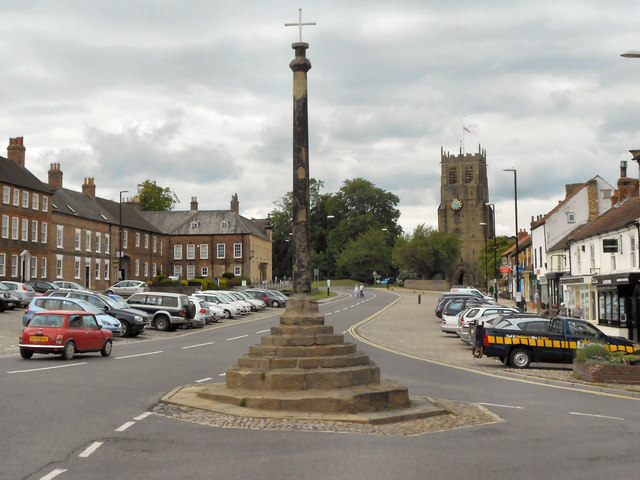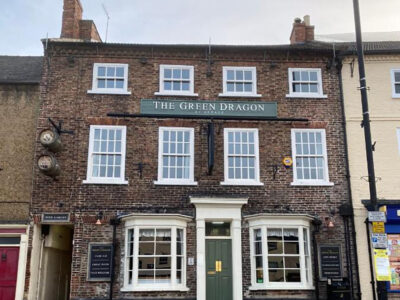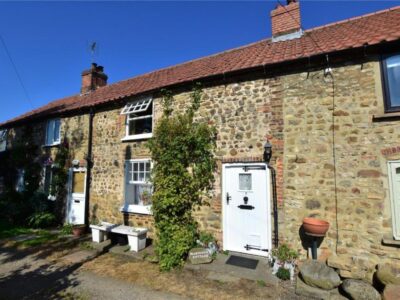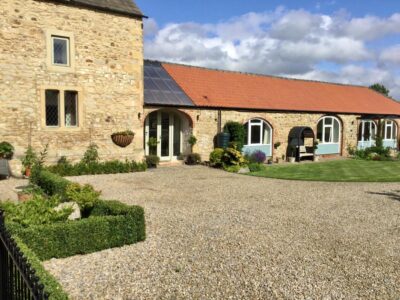Where To Stay In Bedale | Map Of Bedale

Bedale is quite easy to bypass if you are heading into the Dales from the A1, but it is well worth a visit as it has a many delightful shops where we’re sure you’ll find a few hidden gems.
The town is full of character and has a rich history that goes back to the time of the Norman Conquest. It was recorded in the Doomsday Book (1086) as a site with a church and grew during the 13th century thanks it gaining its market charter and the quality of hunting in the area.
A little to the south of the church once stood a castle that would have been the Bedale’s main hive of activity. Today nothing remains of that fortress and very little record of it has been recorded.
It seems that much of the town’s medieval structures were knocked down to make way for new properties during the Georgian era, many of which you can still be seen today.
One particularly striking building from that part of history is Bedale Hall. It sits on the main road running through the centre of the town and is a Palladian-style mansion that was built onto an existing property by Henry Peirse in 1730.
It remained a private residence until the Second World War when it was requisitioned by the military. Usage by soldiers during wartime and squatters in the five years afterwards left the hall in a poor state, but it was saved by Bedale Rural District Council, who turned into offices in 1952.
Today it houses the town’s library and tourist centre, but most visitors enter the building as it is home to the Bedale Museum. This is one of the town’s best attractions and it includes tools and toys that provide an insight into Dales life through the centuries.
The museum’s best loved exhibit is a wooden fire engine that served the community back in 1748. Entrance is free, but be sure to check opening times as they are seasonal and can change depending on the availability of volunteers.
Accommodation In Bedale, Yorkshire
Bedale is a perfect place for a good night’s sleep as well as taste of Dales life and has a wide range of guest houses, holiday cottages and self-catering sites to stay at.
Another historical site close by is the Wensleydale Railway, an authentic heritage line that uses a route originally closed due to cuts during the 1960s. In 2003, a group of campaigners got together to lease the line and soon had trains running again.
Passenger services returned to Bedale station for the first time in more than 50 years in 2004 and now visitors can hop on trains to Leeming Bar to the east and Redmire to the west. Diesel trains operate every two hours during the summer and at weekends the rest of the year.
South of Bedale is Thorpe Perrow Arboretum, which has more than 100 acres of woodland is home to over 2,000 different species of plant. There is also a Birds of Prey and Mammals Centre as well as tearooms.
If you like animals then pay a visit to the Big Sheep and Little Cow Farm. This family run business offers a hands-on experience of farming and is popular with children as it allows them to hold and feed the animals. There are also go-karts and a large sandpit outside.
To the east of the town near Leyburn is Middleham Castle, which was one of the childhood homes of Richard III. It has largely been in ruins since the 17th century but is maintained by English Heritage and is a fantastic place to take in some history.
Just eight miles away from Bedale is a site that goes even further back in history. The Thornborough Henges are perhaps Britain’s best kept secret and comprise three aligned monument complexes that were used for rituals and burials in ancient times.
They have been described by some as ‘The Stonehenge of the North’ and date from the Neolithic and Bronze Ages between 3500 and 2500 BCE.
A Gaelic festival called Bealtaine is held at the site each year, which includes traditional dance, sword fighting and other festivities from time gone by.



